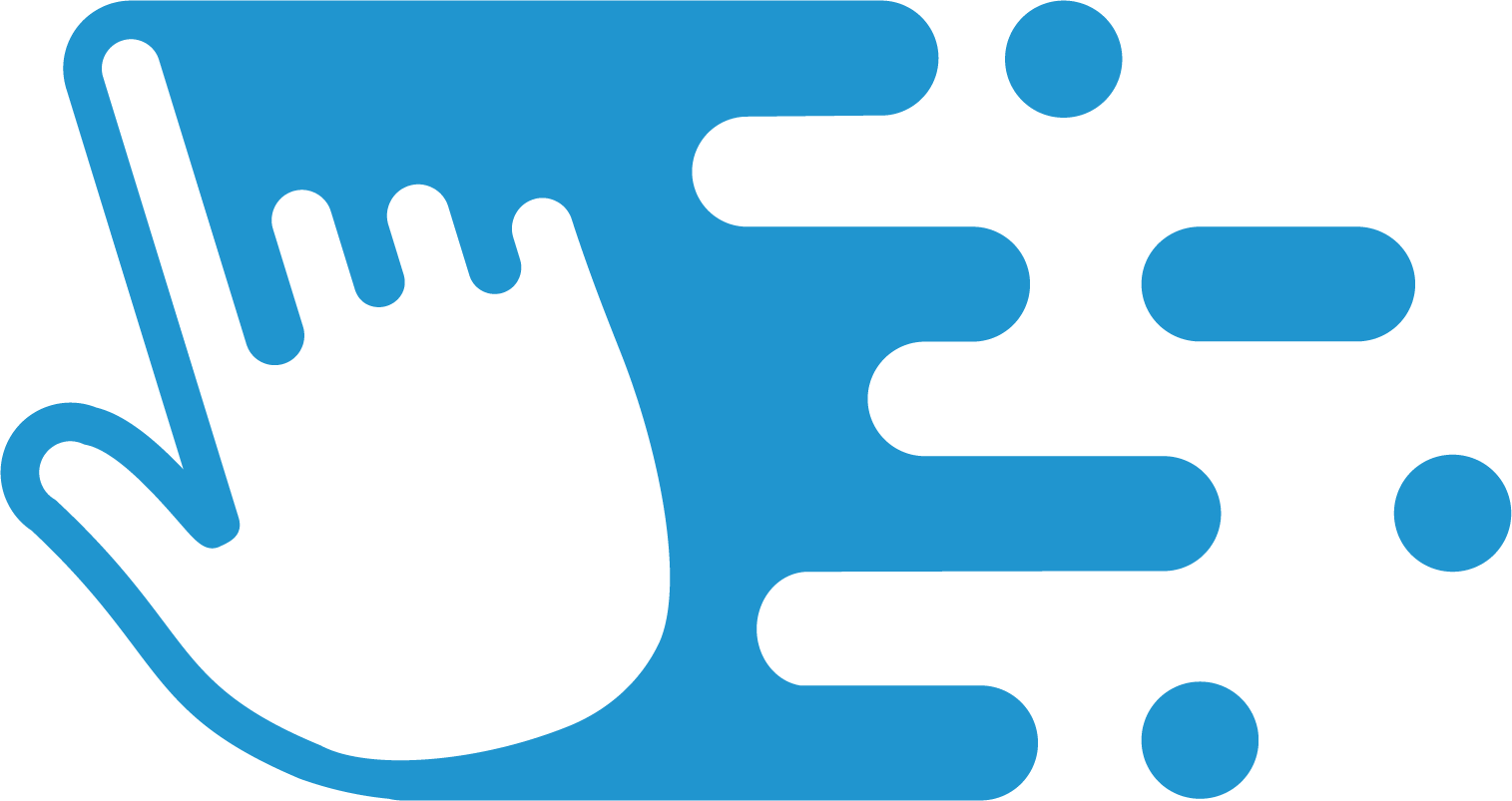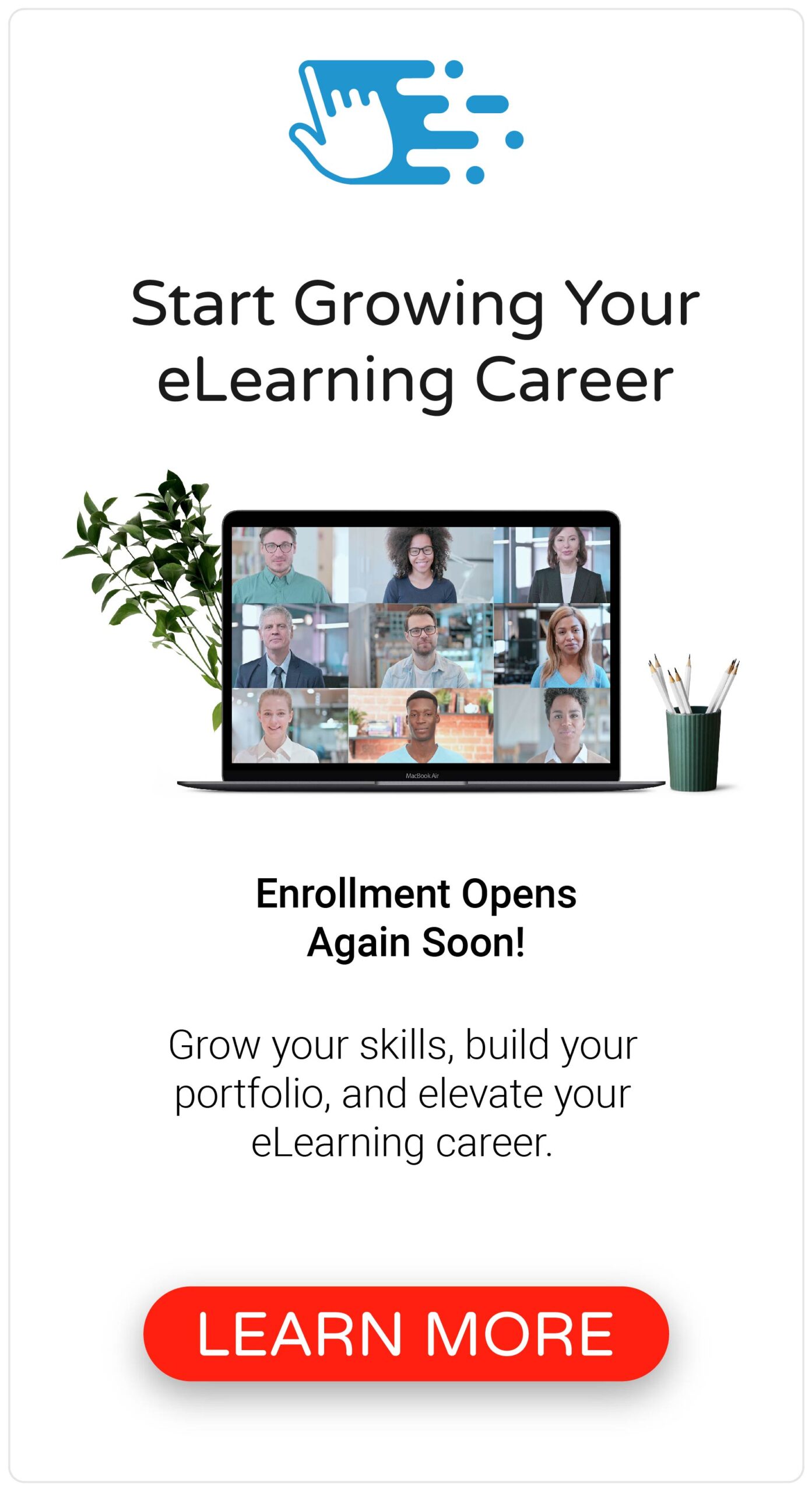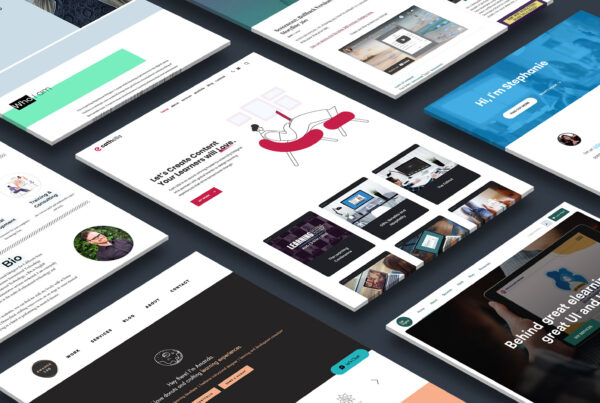Building and developing a highly effective eLearning team isn’t easy. Whether you’re working with a team of new or experienced eLearning developers, it’s important that you foster an environment that encourages growth and improvement.
The problem with developing a highly effective eLearning team comes down to two key components: talent and experience. It’s highly unlikely the members of your team are going to be equally talented or share the same levels of experience. However, depending on how the talents and experiences of your team are distributed, this could also work to your advantage (more on that later).
Here are four strategies for building a highly effective eLearning team.
Establish an eLearning Development Process

As with any creative, project-based, client-driven work, having a solid development and project management process is critical. Whether or not you’re working with a team of nascent eLearning designers, it’s important that everyone is “speaking the same language” as it relates to how you interface with your stakeholders and how an eLearning course is created from start to finish.
Build a highly effective eLearning team by defining the eLearning development process and making sure everyone on the team understands its importance. How does a new eLearning project start? How often do stakeholders review work? What’s included in a storyboard or prototype? How long should it take to build an eLearning course? These are all questions that a well-defined eLearning development process should answer.
Over time, once everyone on the team is following the process and “speaking the same language,” you’ll discover that the team is able to make informed contributions to improving the process.
Uncover Individual Talents Early

eLearning design and development is not a job for those with a single skill set. Having a team of well-rounded eLearning designers requires each of them to be good with a lot of different things. Although it would be ideal if every eLearning designer was equally talented with instructional design, writing a storyboard, using an eLearning authoring tool, stakeholder engagement, and project management; that’s simply not realistic.
Build a highly effective eLearning team by uncovering individual talents as early as possible. Observe each member of your team as they work through their first few projects. This will give you the chance to see the parts of the process in which they struggle, excel, and enjoy. Ideally, you’ll discover that you have a team with varied talents, which you can use to balance against each other.
Strive for "T-Shaped" Employees

While you’re unlikely to have a team of eLearning designers that excel at everything, you do want to strive for team members that are individually capable of executing the entire eLearning development process. This is beneficial when project capacity is low or when someone on the team unexpectedly absent.
Build a highly effective eLearning team by creating “t-shaped” employees. Now, you might be wondering, “what the heck are ‘t-shaped’ employees?” Well, to put it simply, a t-shaped employee is someone who has a wide breadth of knowledge in many overlapping disciplines, and deep knowledge or expertise in one of those disciples. For example, you might have someone who is deeply experienced with instructional design and storyboarding, but only moderately capable of using an eLearning authoring tool.
Referring to my previous point of identifying individual talents, ideally, you have a team with varied and balanced depths of knowledge and expertise.
Drive Improvement Retrospectively

One of the best ways for a team to improve their performance is to look back and objectively evaluate past work. In the project management world, this is usually referred to as a “retrospective” or “post mortem.”
Build a highly effective eLearning team by looking at your work retrospectively. At the end of each project, facilitate a dedicated meeting with your team to talk about how it went. When I facilitate retrospectives with a team, I like to keep it simple by asking three questions:
- What went well?
- What didn’t go well?
- What could we do differently next time?
The Bottom Line
Whether you’re a first-time eLearning team leader or you’ve been managing eLearning teams for years, ensuring your team operates effectively will not only keep your employees happy, but also your stakeholders and learners.
What other tips can you share about building a highly effective eLearning team? Share them by commenting below!








